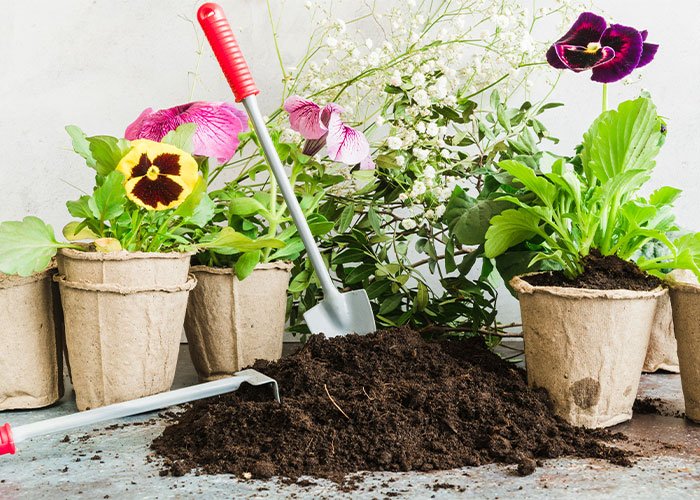Peat
Peat itself is not a fertilizer as it is primarily composed of organic matter that is not yet fully decomposed. However, peat is often used as a component in fertilizers or soil amendments due to its ability to retain water and nutrients. Peat-based fertilizers can be particularly useful in improving soil structure and moisture retention, as well as providing some nutrients such as nitrogen, phosphorus, and potassium.


Here are some general steps you can follow:
01.
Choose A High-quality Peat ProductLook for peat that is free of contaminants and has a consistent texture and moisture content.
02.
Determine The Appropriate RatioDepending on your specific needs, you may want to mix peat with other components such as compost or perlite.
03.
Mix The Ingredients ThoroughlyOnce you have determined the appropriate ratio of ingredients, mix them together thoroughly to ensure that the nutrients are evenly distributed.
04.
Apply The Fertilizer Or Soil AmendmentApply the fertilizer or soil amendment to your plants or garden beds, following the manufacturer’s instructions for application rates and methods.
There are a few different types of fertilizers that may include peat as a component.
01
Peat MossThis is a type of peat that is commonly used in horticulture as a soil amendment due to its water retention properties.
02
Peat-based FertilizersThese fertilizers may include peat as a component, along with other nutrients such as nitrogen, phosphorus, and potassium.
03
Organic Peat FertilizersThese fertilizers are made from natural, organic materials such as peat, compost, or other plant-based matter.
In a natural state, peat shows as bulk and water content is generally 80 to 90%.The proportion of peat is generally 1.20 to 1.60.
Why using Sapropal-peat to produce bio organic fertilizer ?
Sapropel-peat, a type of sediment that is rich in organic matter, can be used to produce bio-organic fertilizer due to its high nutrient content and ability to improve soil structure and water retention.
When combined with other organic materials and beneficial microorganisms, sapropel-peat can provide a range of nutrients to plants, such as nitrogen, phosphorus, and potassium, and help support healthy microbial activity in the soil.
Additionally, the use of sapropel-peat as a fertilizer can help to reduce waste and promote sustainable agriculture practices by utilizing a byproduct of aquatic ecosystems.
White Peat-based fertilizer
It’s important to note that while peat-based fertilizers can be effective in improving soil fertility, peat extraction can have negative environmental impacts. Peat bogs are important wetland ecosystems that provide a range of ecosystem services, such as carbon sequestration and habitat for rare and endangered species. Peat extraction can cause damage to these ecosystems and release large amounts of carbon dioxide into the atmosphere.
